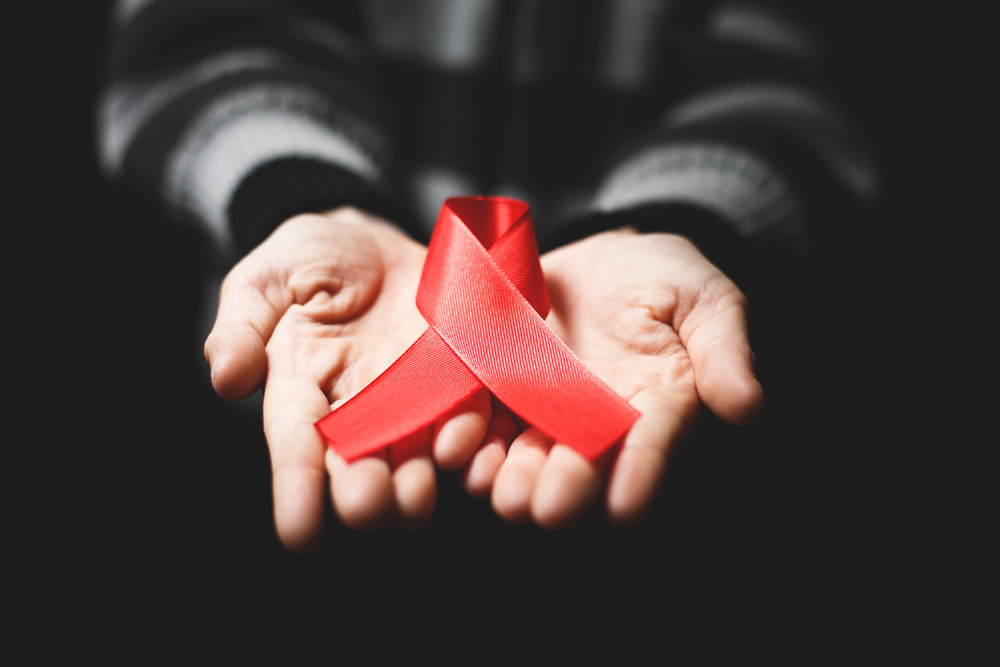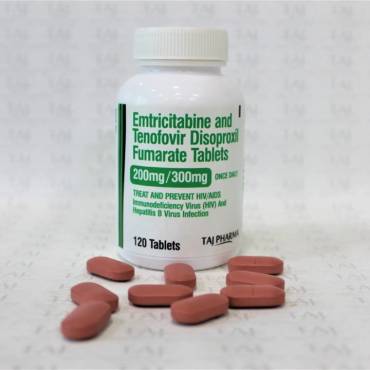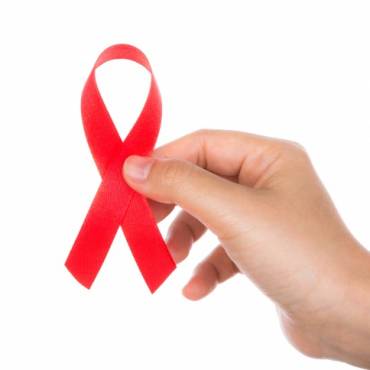HIV (Human Immune Deficiency Virus) infection and its fulminant form AIDS (Acquired Immune Deficiency Syndrome) is linked to immune deficiency. This can lead to opportunistic infections that can affect the skin.
HIV weakens a person’s ability to fight infection. People with HIV develop AIDS when the virus makes them very sick and lead to the development of certain infections and cancers. Tenvir EM 300/200 mg is helpful in preventing AIDS in HIV patients.
HIV tends to weaken the immune system; people with AIDS are more prone to health conditions, including skin diseases. In fact, certain skin disease may indicate that someone is infected with HIV.
Skin diseases are common in people with HIV/AIDS. These include thrush, herpes, and Kaposi sarcoma. These skin conditions are caused by germs that advantage of a weakened immune system of HIV patients. This is the reason why they called opportunistic infections. Below are some of the common skin conditions associated with HIV/AIDS.
- Kaposi Sarcoma
This a type of cancer that develops on the skin and in mucous membranes. It is quite common in people with HIV/AIDS. It appears as purplish or dark lesions on the skin. It tends to spread quickly to other parts of the body, including the internal organs. The form of cancer can be treated with surgery, radiation therapy, chemotherapy, or biological therapy. Treating HIV is the best way to restore the function of the immune system to cure Kaposi sarcoma.
- Herpes Virus
Herpes viruses are commonly reported in people with AIDS/HIV. Herpes simplex virus infection causes an outbreak of sores, affecting the area around the genitals or in the mouth. Herpes zoster viral infection is marked by extremely painful blistering rash on one side of the body. These infections are often treated with antiviral medications. With herpes virus, even after the infection disappears, the virus remains in the body to cause a new infection later on.
- Thrush
It is a fungal infection of the mouth caused by the Candida fungus. It is called as oral candidiasis. This infection causes a thick, creamy, white layer to form, usually on the tongue or inner cheeks. Oral candidiasis can be managed with antifungal medicines, mouth rinses, and mouth lozenges. It is a commonly reported skin condition in people with AIDS and can be difficult to treat because the oral infection tends to reappear. Taking an effective medication will only improve your mouth condition.
- Oral Hairy Leukoplakia
This is a viral infection of the mouth that appears as white lesions on the sides or bottom of the tongue. The viral infection may lead to suspicion of the HIV. The Epstein-Barr virus causes the oral infection. Oral hairy leukoplakia lesions appear to be flat and smooth or raised and hairy. However, these lesions do cause pain or any discomfort. The oral condition resolves on its own, but can reappear. Oral hairy leukoplakia is usually not treated. If necessary, it can be treated with acyclovir, a medication used to treat herpes virus.
- Molluscum Contagiosum
Molluscum Contagiosum is an infection marked by white or flesh colored bumps on the skin. It is highly contagious and can be passed from one person to another through the skin to skin contact by sharing clothes and other objects that simply touches the skin.
The viral infection is generally harmless, but it won’t disappear without treatment. Your health care specialist may perform cryosurgery or destroy them with a topical preparation or laser treatment. The treatment will be repeated every six weeks or so until they disappear.
- Photodermatitis
During Photodermatitis, the skin reacts to exposure to the sun and becomes darker in color. Anyone with HIV is susceptible to this skin condition. If an HIV patient is taking medications to improve the immune system health, may temporarily experience this skin reaction as a side effect. Protecting the skin from the sun is the best way to reduce the appearance of photodermatitis.



